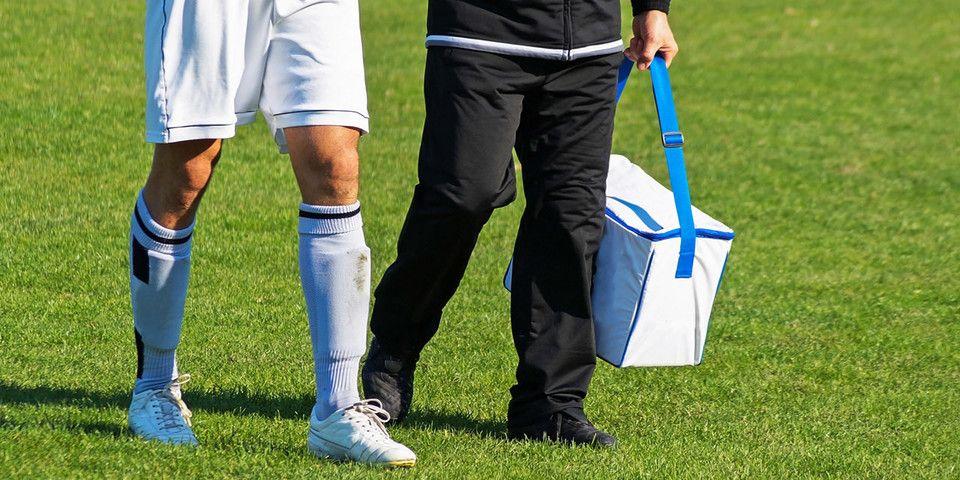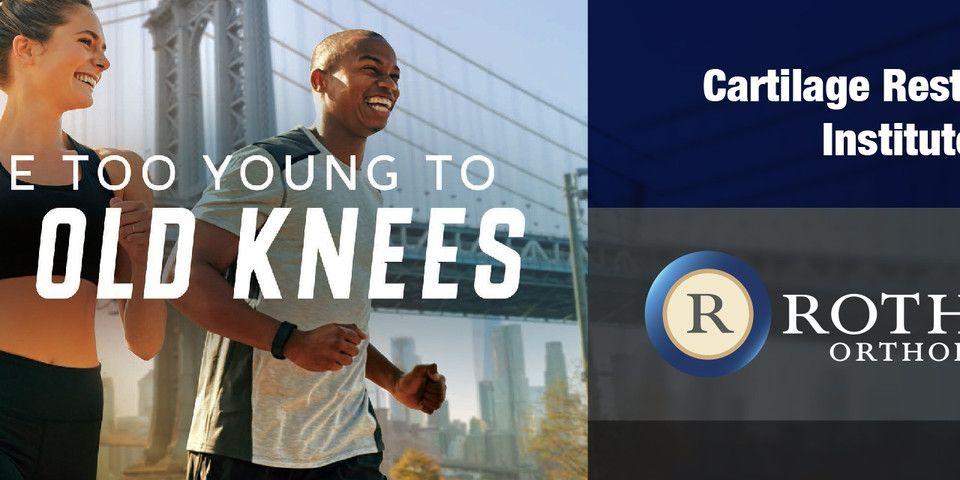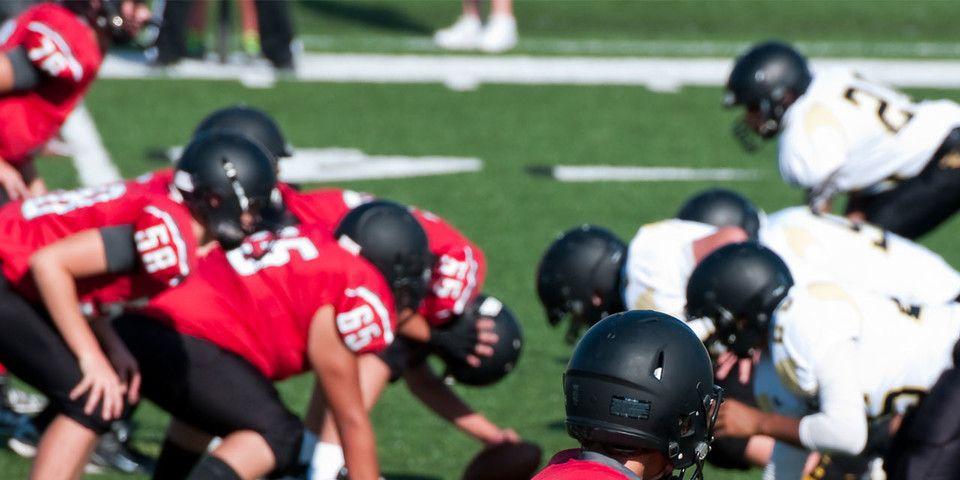Winter Sports: Elbow Fractures and Dislocations
Skiing and Snowboarding Elbow Injuries and How to Prevent Them
In the Northeast, we are fortunate enough to live in an area where we can enjoy the beach in the summer and snow-covered mountains in the winter. The winter ski season is quickly approaching and elbow fractures and dislocations are quite common in winter sports, such as skiing and snowboarding. With the winter sports season right around the corner, it is important to be aware of the risks and causes of these injuries.
It is important to be aware of skiing and snowboarding injuries so you can take the necessary preventative measures to ensure a safe experience. Elbow fractures and dislocations are common skiing injuries because people instinctively brace their falls with their arms.
Elbow Fractures and Dislocations: The Facts
Injuries to the elbow can be sustained by direct force to the joint. The hinge joint allows for the bending motion of the arm and the rotation of the hand.
Elbow dislocations occur when the different surfaces of the joint come apart due to impact from falling or direct force. There are two types of elbow dislocations: complete (complete separation of joint surfaces) or partial (only a partial separation).
Elbow fractures occur when either of the three bones that make up the elbow joint are cracked. Fractures are not full bone breaks but are simply when a crack in the bone occurs. There are different types of elbow fractures, such as:
-
Above the elbow
-
Below the elbow
-
Inside the elbow involving the cartilage
-
At the growth plate
-
Fracture dislocations
Any of these types of injuries can range from minor to severe. Simple dislocations can be realigned in the emergency room, however, surgery may be the only option for severe dislocations.
Being aware of elbow-related injuries is important but taking preventative measures is the best way to avoid these injuries.
Prevention
There are some simple precautions skiers and snowboarders can take to minimize the risk of elbow fractures and dislocations. These include:
-
Learning proper techniques: Taking ski lessons is a great way to learn all of the best safety practices, such as falling correctly.
-
Maintain fitness: It is important that you pick levels of ski runs that fit your level of competency and fitness. If you are unsure, start with easy runs and gradually work your way up. Most injuries occur at the end of the day when skiers get tired. Knowing when to stop can prevent many injuries.
-
Warming up: Studies have found that muscles that have not been properly warmed up are more likely to be injured. Either walk for a few minutes before starting or take some slow ski runs.
-
Drink water: Dehydration can affect levels of fitness and endurance. It is important to drink water continuously during your day on the slopes, even though in the cold you may feel less thirsty.
-
Wear the right clothes: Wearing several loose or flexible layers can allow for the necessary movement of your body. It is also important to rent boots and other gear from the ski shop that follow all regulations. Wearing goggles and a helmet is also important for your safety.
These are just some of the safety precautions that can be taken to minimize elbow fractures and dislocations. If you are concerned about the safety of your preferred winter sport in regards to elbow injuries, or if you have experienced one, Rothman Orthopaedic Institute is a world-recognized orthopaedic practice in the Philadelphia area. Please visit us here or contact us at 1-800-321-9999.
Related Physicians
Related Specialties
Related Conditions
Related Programs
-

Athletic Training- Sport Medicine Outreach
Our Field Athletic Trainers provide direct sports medicine care to youth, high school, college and professional athletes. Rothman AT’s provide athletic training services throughout Southeastern PA to interscholastic high schools, colleges, as well as tournaments and special events.Read More -

Cartilage Restoration Institute
This is a center where patients can go to have their disabled joint biological resurfaced, realigned, and stabilized without having the joint replaced by artificial materials such as metal and plastic. It is well known that the outcomes of patients under the age of 50 undergoing artificial joint replacement are not as good as we would like. Therefore we feel the future of Orthopaedics is to try to restore a joint back to its original anatomy by realignment, ligament reconstruction, and cartilage restoration.Read More -

Injury Prevention Program
The Injury Prevention Program at the Rothman Orthopaedic Institute is dedicated to the prevention of injuries from athletic participation, particularly youth sports.Read More




